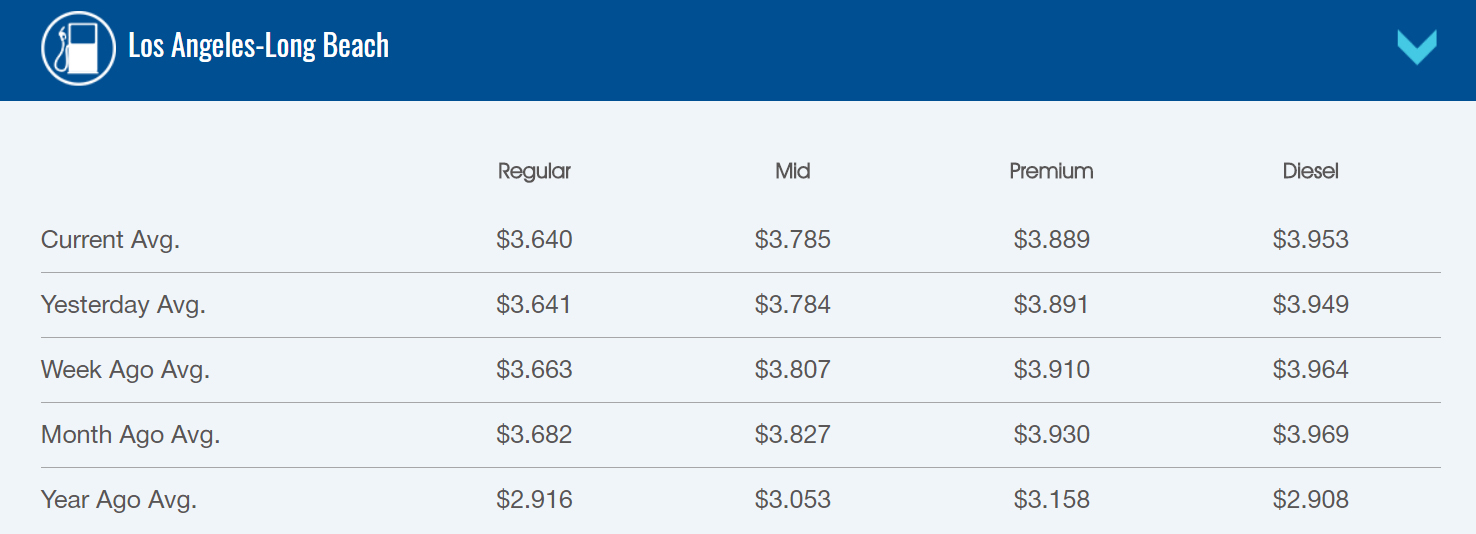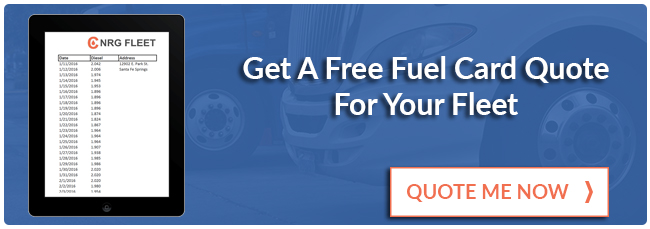If you have ever been to a CFN station before, you have probably noticed that there is no price posted at the pump like most other gas stations. That’s because the CFN network is a “cost plus” fuel price network.
The major difference between CFN fuel pricing and the prices posted at a regular gas station is that CFN fuel prices are regulated by the CFN network, while gas stations choose which price they want to post.
The Advantages of CFN Fuel Prices
The first advantage is upfront savings at the pump. Depending on the area you fuel in, the pricing for diesel is usually 10¢-20¢ below the average retail price and gas usually falls around 5¢-10¢ below the average retail price.
Another benefit is that since CFN fuel prices are regulated by the CFN network, you know no matter which area you fill up, you’re always getting consistent market competitive pricing. Now you don’t have to worry about a driver filling up at the most expensive station in town when they pull off the freeway.
To check the average retail price, use the AAA fuel gauge which collects pricing from gas stations in your area and provides daily average pricing.

How The CFN Network Formulates Fuel Pricing
Now that you understand how CFN pricing compares to regular gas station pricing, it’s time to learn how CFN provides consistent local market competitive pricing no matter where you fill up in the country.
Here’s what the CFN fuel price formula looks like…
There are three components that make up the CFN network’s cost; product cost, freight cost, and network station interchange.
1. Product Cost
First you have to understand what a rack is. The rack is the place where big tanker trucks pickup fuel at to be delivered to gas stations. CFN uses OPIS (Oil Price Information Services) average rack price for the rack that a CFN station sources its fuel from.
2. Freight Cost
CFN assigns a freight cost to every site that is based on the number of miles a site is from the closest rack which makes up for the fuel transportation cost.
3. Network Station Interchange
Network station interchange is a margin the CFN station makes on the fuel they sell which is currently 8¢ per gallon. After all every station needs to make a little money or no one would be in business.
4. Fuel Card Provider’s Margin
This is the small margin the company that issues your CFN fuel card makes. There are roughly 200 CFN card providers throughout the U.S. and they all have different pricing strategies, so it’s a good idea to get a quote from multiple providers to see how they compare with pricing. However pricing usually varies only by a couple pennies when comparing multiple providers.
Once you put together all the parts of CFN fuel prices and add the applicable taxes, you will get this equation.
CFN Fuel Prices = OPIS rack average + freight rate + fuel use margin + fuel card providers margin + tax

